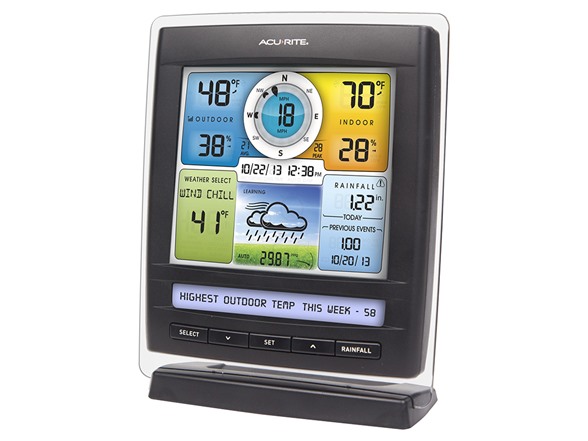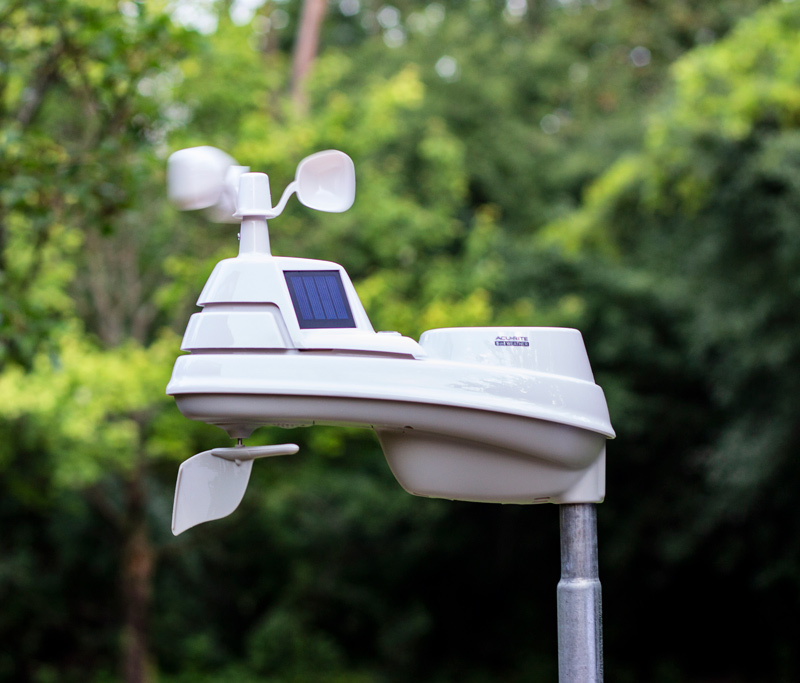
While not “official,” MADIS is very important. MADIS takes just about everything else that’s left (that doesn’t flow to ADDS). This process is very similar to that of ADDS data except FAA certified data is the only input to ADDS. MADIS’ website shows the flow of data through MADIS looks like this: You can verify which ASOSes and AWOSes share their data with ADDS by putting in an airport code or ICAO here: ASOSes are superior in some, but not all, ways to AWOSes. Data from an AWOS can go to ADDS or MADIS, and not all AWOS data goes to MADIS or ADDS. AWOSes can be controlled by the FAA, local or state governments, or private groups. by the NWS, FAA, and DOD, and the data from them flow to ADDS.

It is important to know the difference:ĪSOSes are controlled cooperatively in the U.S. The ultimate goal is to get weather data to NOAA and NWS.īefore we start pushing data into the streams, we must first understand how the streams work. There’s are two main NOAA data streams: the ADDS and MADIS. My hope is that more data will be added to the streams over time so that the weather can be better understood and verified. The more weather data that is public, the more that is accessible to those who need it. The data streams themselves are public, and that’s the way they should be. There is nothing propriety here, and I link to public sites throughout the article.
Acurite 5 in 1 weathersnoop how to#
This blog post focuses on three things: 1) how the data flows, 2) how do get data into the data streams, and 3) how to fix errors in data points flowing into the data streams.Īll of this information is publicly and freely available on the Internet. Official weather records are great, but there is often an incredible amount of space between these sites, and daily, comprehensive weather records (including those with wind, snow depth, and snowfall totals) are almost entirely limited to airports in larger cities. It can take years to get existing and new points of information on the map integrated into one place, but it can be done.
Acurite 5 in 1 weathersnoop verification#
Surface observation data that is shared with NOAA (the National Oceanic and Atmospheric Administration) and the NWS (National Weather Service) is also used in computer forecast models and for verification of weather conditions – including rainfall totals and wind gusts in active or severe weather situations.

While satellite, radar, and model data can highlight and suggest threat areas, weather stations can directly observe, quantify, verify, and sample conditions. Some of the most underrated data in the country, in my opinion comes from personal weather stations, groups of weather stations called mesonets, and airport weather stations.


 0 kommentar(er)
0 kommentar(er)
